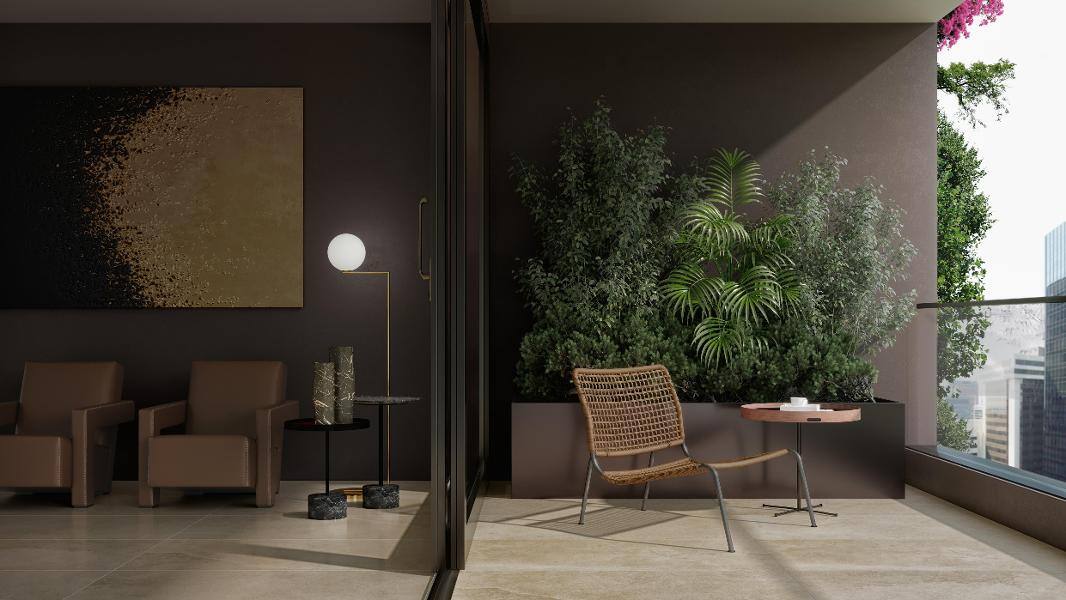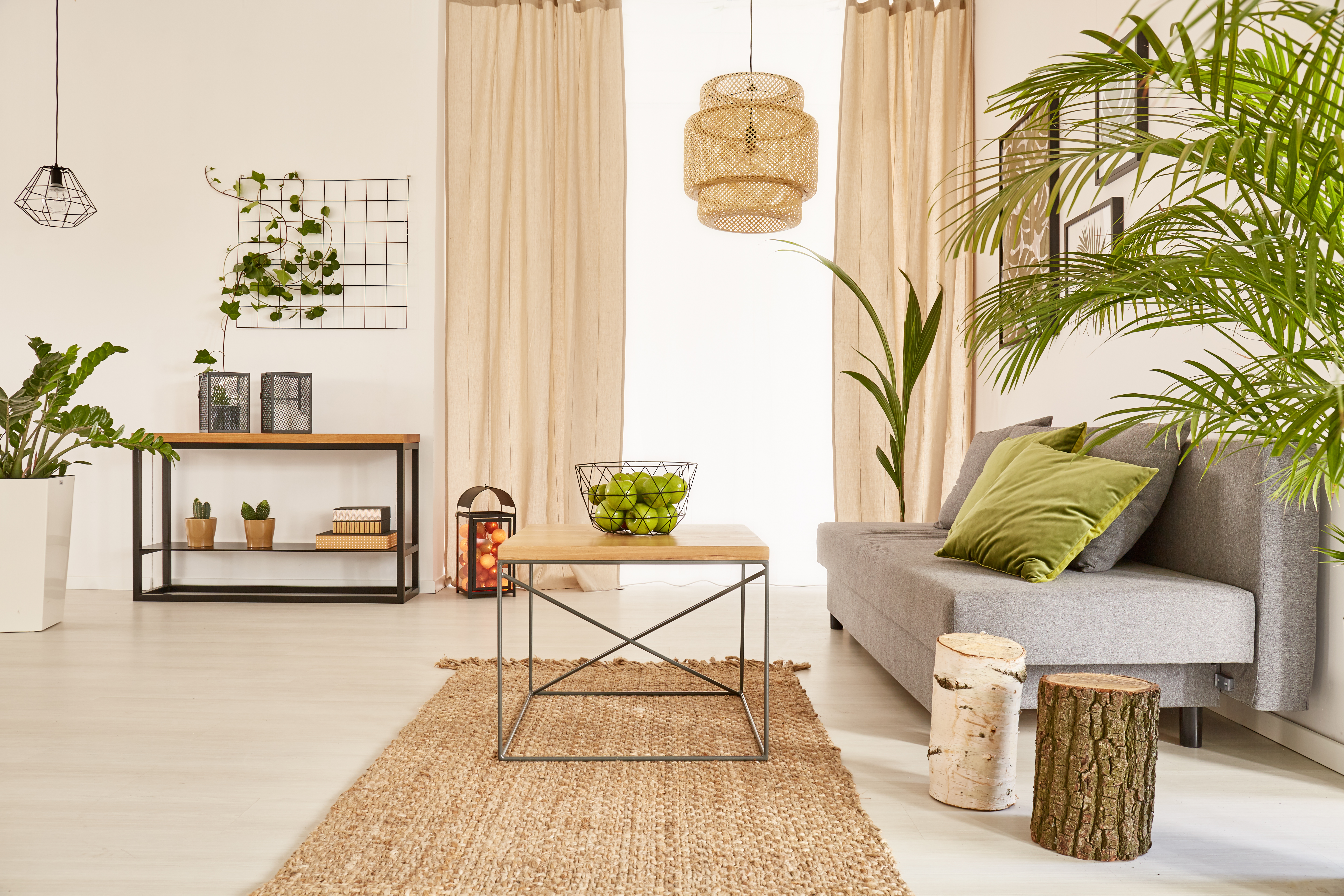Green living extends far beyond solar panels and renewable energy. This enlightening article by Forbes looks at the benefits of biophilic design, which blends architecture with natural elements to provide a positive influence on our physical and emotional well-being.
Humans lived for millions of years in natural environments, taking or creating rough shelter as the natural world allowed. Buildings as we know them today are a relatively recent development, and their comforts and conveniences even more so.
Biophilia Defined
The theory of biophilic design is that we evolved in accordance with the natural world, and that architecture that most fully incorporates supportive natural elements can have a positive effect on human health and well-being. You can see that theory designed into buildings with circadian (also called human-centric) lighting that mirrors the natural path of the sun from dawn to dusk. Its benefits include limiting blue light in the evenings to make falling asleep easier.
Other biophilic examples include the use of natural materials and patterns in design, rooms with abundant natural light, green walls, and cooling features that incorporate breezes through well-sited windows, doorways and outdoor spaces, rather than just mechanical systems.
When a real estate listing touts ocean breezes, lake views, mountain air or wooded lot, it is really sharing some of the premium biophilic features of the property – features that typically command a premium price. We’re drawn to nature for many reasons we can easily name, like its beauty, associations with happy times, feelings of awe it can inspire or the calm it can evoke.
Biophilic Health Benefits
We may also be drawn to it for reasons we can’t name, but instinctively feel. In Taking Charge of Your Health & Well-being, the University of Minnesota writes, “Exposure to nature not only makes you feel better emotionally, it contributes to your physical wellbeing, reducing blood pressure, heart rate, muscle tension, and the production of stress hormones.” The publication went on to quote a study of hospital patients recovering from gallbladder surgery: “Half had a view of trees and half had a view of a wall. According to the physician who conducted the study, Robert Ulrich, the patients with the view of trees tolerated pain better, appeared to nurses to have fewer negative effects, and spent less time in a hospital.”
Biophilia for Urbanites
So what do you do if the view from your bedroom, living room or home office window is a brick wall, rather than trees, and you’re not able to move or remodel? What if you lack a balcony and the nearest park is a bus ride away? You’re not doomed to miss out on biophilic benefits, even if you’re sheltering at home.
Easy Biophilia Elements
Here 10 some tips for incorporating biophilic features into your living space, whether you’re an owner or tenant:
- Move your work surface and adjust your drapes, shades or blinds so that you can get maximum natural light from the nearest window. Even if you’re not getting a view, you can still get sunshine. If local climate conditions and air quality permit, work and sleep with the windows open.
- Change the bulbs in your lamps and light fixtures to full-spectrum circadian models that mimic the sun’s path through the day. This can help with both mood and sleep.
- Replace your alarm clock with a sunrise model. Unless you’re an exceptionally heavy sleeper, this can be a strategy for waking up without the jarring buzz of an alarm, much like your ancestors did at the sun’s first light.
- Add houseplants to your living space. If you can’t see trees outside, you can still enjoy greenery inside. Choose varieties that will grow in your light and not harm your pets. Also consider plants that will improve your indoor air quality.
- You can grow herbs or microgreens on your kitchen counters or windowsill. Victory gardens are making a comeback with people seeking healthy food solutions during the coronavirus pandemic, but those who lack outdoor space can still cultivate a mini-garden inside.
- If you’re missing the joy of water, consider adding an indoor water fountain to your decor. It can provide style, calm and a gentle acoustic element. (Water features are sometimes added to homes for returning veterans, as they’ve been shown to help with PTSD.)
- Another water element to consider is a rain-style shower head; this can evoke happy memories of summer rain shower hikes or waterfall-filled vacations. Even if you’re renting, it may be possible to swap out the builder-grade model temporarily while you’re living there.
- It’s been shown that even representations of nature can have a biophilic benefit, so consider paintings inspired by your favorite landscapes or nature photos you shot yourself.
- A white noise machine can help you sleep with soothing sounds of nature. Choose those – whether surf or bird song, chirping crickets or flowing creek – that evoke happy memories and take you away to happy places.
- Natural scents can also enhance your space and well-being. Lavender has been used for centuries as a natural stress reducer and eucalyptus can potentially relieve coughs. There are many more properties that can be explored through aromatherapy.
This article was written by Jamie Gold from Forbes and was legally licensed through the Industry Dive publisher network. Please direct all licensing questions to legal@industrydive.com.






